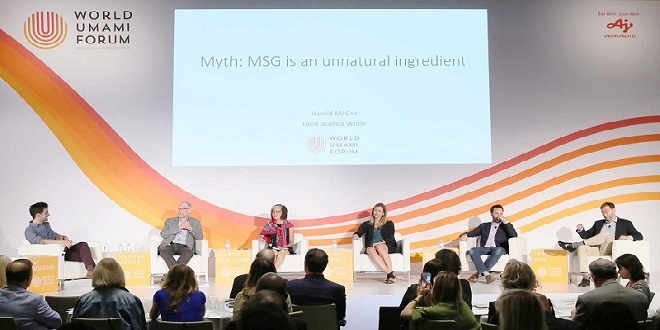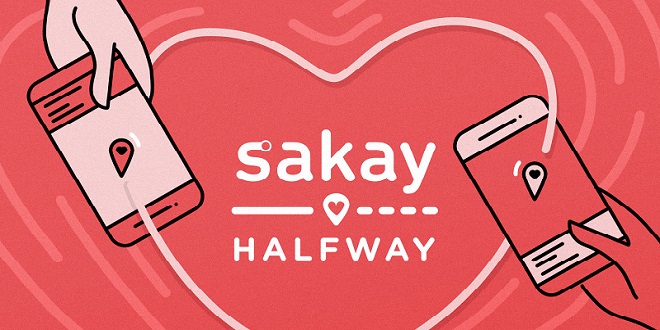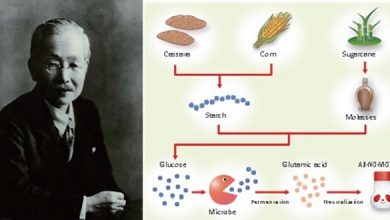
The story of umami and MSG is fascinating. It is the story of science, technology, business, culture, and the never-ending quest to make the foods we eat healthier and more delicious.
But the story didn’t begin with Dr. Ikeda, and it’s far from being finished. And the story continues to unfold rapidly even today-for example, with regard to the unfortunate term “Chinese Restaurant Syndrome,” the Merriam-Webster dictionary is currently “reviewing the term and revising appropriately” due to its cultural insensitivity and scientific inaccuracy.

The birth of the umami seasoning
After the discovery of umami in 1905 by Dr. Ikeda, Ajinomoto-Hompo (as Ajinomoto Co. was called at the time), which was created to allow Dr. Ikeda to bring his findings to market, introduces “AJI-NO-MOTO®,” the first pure MSG product in the world, in 1909. The product is a hit with Japanese homemakers and is soon exported to China, Korea, and Taiwan, with a New York office opening in 1919.
From the food rations of the Japanese army in 1945, the US military furthered the research on the positive impact of MSG on the taste of rations and other canned foods.
MSG was so impactful that the first-ever MSG symposium was held in 1948 in Chicago, Illinois, sponsored by some of the biggest food companies in the United States. With the birth of supermarkets and processed foods, the demand for MSG became more apparent to provide great taste to these new products.
MSG safety concerns
The popularity of the MSG took a downturn in 1968 when Dr. Robert Ho Man Kwok, a senior researcher at the National Biomedical Research Foundation in the United States, wrote a letter to the editor of the New England Journal of Medicine.
However, its publication soon after Dr. Kwok’s “Chinese Restaurant Syndrome” letter created a negative perception of the health impact of MSG that took decades to correct.
From “NO TO MSG” to “YES TO MSG”
MSG is swept up in this wave, with consumer protection organizations urging government authorities to confirm its safety. The USFDA had already confirmed the safety of MSG in the 1960s, but we repeat safety tests. The safety of MSG is eventually reconfirmed by JECFA in 1987 and by FASEB in 1995.
No seasoning has ever been the subject of more safety testing than MSG. Finally, in 2000, Dr. R.S. Geha of the Harvard University published a paper discrediting the association of MSG to the Chinese Restaurant Syndrome.
The discovery of the umami taste receptor
The history of MSG and umami has been surprisingly dramatic. But it represents the success of the simple and pure desire of Dr. Kikunae Ikeda in learning about the umami taste and bring it to the world, leading to the birth of Ajinomoto.
An increasing body of literature is deepening our understanding of MSG’s health benefits; for example, to help the elderly maintain proper nutrition, to help people reduce salt intake, and to help regulate appetite.




